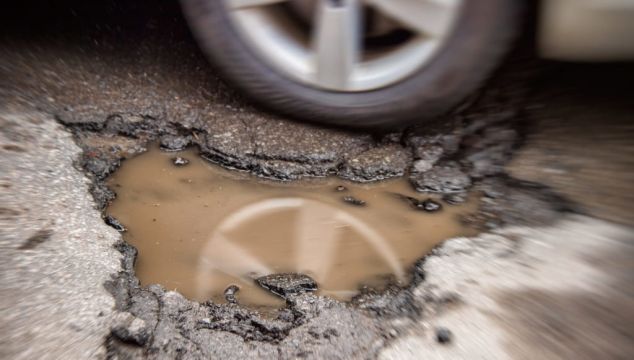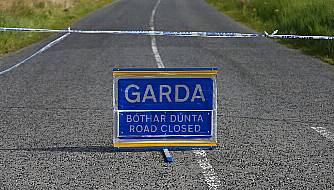For those of us who grew up in the 1980s, Ireland’s road network has improved out of all recognition, but one scourge is still out there, waiting to snag a wheel, pop a tyre, or damage your suspension — potholes.
According to data from the AA, 16 per cent of Irish drivers (well, 16 per cent of the 5,000 Irish motorists that the AA surveyed) reported having damaged their vehicle by hitting a pothole in the past year.
Of those who did damage, 61 per cent reported that one or more of their tyres had either been punctured, with 35 per cent stating that the wheel rim had also been damaged by the pothole. Meanwhile, 23 per cent said they damaged the steering alignment and 17 per cent damaged the shock absorbers or shock absorption system.
“Potholes are still a major problem on Irish roads. Many people are having their vehicles or bikes damaged by a poor road surface on a daily basis. It's not good enough,” said Anna Cullen from AA Ireland. "It's clear that more funding is needed for the maintenance and protection of our roads. My advice for those who come across a poor surface and/or potholes is to report it when you can. A well-maintained road will mean all road users are kept safe.”
Locations
Most of the pothole damage occurred in the Dublin area (30 per cent of respondents were from Dublin, which is probably more representative of the fact that more people live in Dublin, rather than it being a comment on the streets of the capital), with 12 per cent in Cork, seven per cent in Kildare, six per cent in Meath, five per cent in Wicklow and Galway, four per cent in Limerick, Donegal and Wexford and three per cent were in Clare, Tipperary and Waterford.
Since the beginning of 2021, and including the first four months of 2022, the AA has responded to 37,000 call-outs involving damage to a tyre.
“There are ways you can identify pothole damage. You’ll notice that the front end of your vehicle dips when you brake, you can feel your vehicle roll or sway while turning, when you accelerate the rear of the vehicle squats and on rougher, winding roads you can feel an abnormal bounce or slide,” Cullen said.
“In general your vehicle feels like it’s sitting a little lower at the front or the rear. If you stop suddenly you experience a loss of directional control and there is visible damage such as rusting or dents. To keep pothole damage to a minimum our patrol team says you should maintain full air pressure in all tyres. Keep your eyes peeled for potholes by leaving plenty of space between yourself and the vehicle in front. If you’re not in a position to avoid the pothole, slow down. Hitting it at speed will increase the chance of damage to tyres, wheels, shocks, struts or springs.
“Hold the steering wheel firmly to avoid losing control. Don't break when directly over a pothole. This causes the car's weight to shift to the front of the wheel and can increase damage from the impact. Be wary of potholes filled with water, they may be deeper than they look,” added Cullen.







